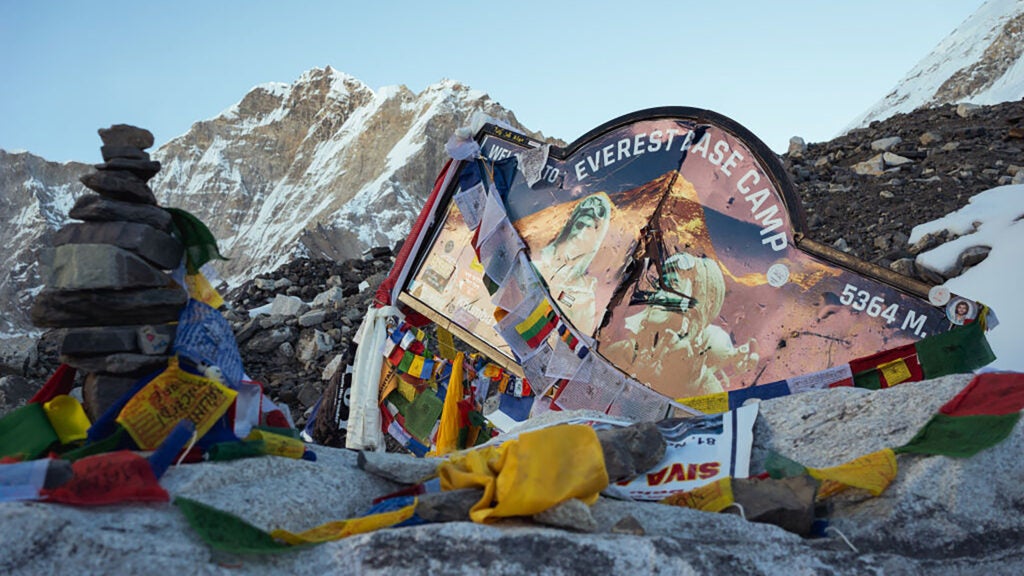Mount Everest Climbing Fees Set to Increase in 2025
The cost of climbing the world’s highest peak, Mount Everest, is about to rise significantly. According to a report by The Kathmandu Post, the Nepali government has announced plans to increase the permit fee for foreign climbers from $11,000 to $15,000 starting September 1, 2025. This marks the first hike in climbing fees since 2015 and represents a 36-percent increase. As it stands, climbers will still pay the current fee for the upcoming spring season in 2025.
Domestic Climbers Also Affected
The fee increase does not solely impact international climbers. Domestic Sherpa climbers will see their permit fees double, jumping from $550 to $1,100. Furthermore, the costs for less popular climbing seasons, such as fall and winter, will also rise by 36 percent, making the permit fees for those seasons $7,500 and $3,750, respectively. This broader approach signals an attempt by the government to increase revenue from climbing permits.
Expert Opinions
Despite the concerning upward trajectory of climbing fees, many guides and climbers do not anticipate a decrease in demand for Everest climbs. Willie Benegas, an experienced Argentine guide who has scaled Everest 13 times, stated, “Permit price is not the issue.” He believes that minor price increases will not deter climbers, especially those coming from wealthier backgrounds. Similarly, climber Alan Arnette pointed out that while price-sensitive climbers might look for lower-cost guides, the overall impact on Western climbers seeking premium experiences is likely to be minimal.
Reasons Behind the Fee Increases
The motivations for the fee hikes include the escalating costs of search and rescue operations, including the retrieval of deceased climbers. In a previous statement, Nima Nuru Sherpa, president of the Nepal Mountaineering Association, suggested making insurance mandatory for search and rescue operations, hinting at the growing expenses involved in maintaining safety protocols on the mountain.
Broader Regulatory Changes in Climbing
In addition to fee increases, the Nepali government plans to implement various new regulations to enhance safety and environmental sustainability on Everest. One notable rule may require every two climbers to hire a guide, effectively ending solo climbs on the mountain. This regulation aims to improve both safety and the experience of climbers who already rely on guides for essential support during expeditions.
Efforts to Combat Issues on Mount Everest
Efforts to mitigate pollution, overcrowding, and safety risks have led to a comprehensive package of regulations, including shorter permit periods, increased insurance coverage for guides, and mandatory waste management requirements. The new regulations also follow previous actions taken earlier in 2024 to reduce the environmental impact of climbing, such as requiring climbers to pack out their waste.
The Future of Climbing Mount Everest
The recent regulatory landscape surrounding Everest opens up discussions about the sustainability of climbing the peak amidst rising popularity. With climbers continuing to flock to the mountain, experts like Adrian Ballinger believe that these new guidelines will provide necessary improvements to the climbing experience. While the fees may increase, the attention to safety and environmental factors may create a more responsible climbing community moving forward.
